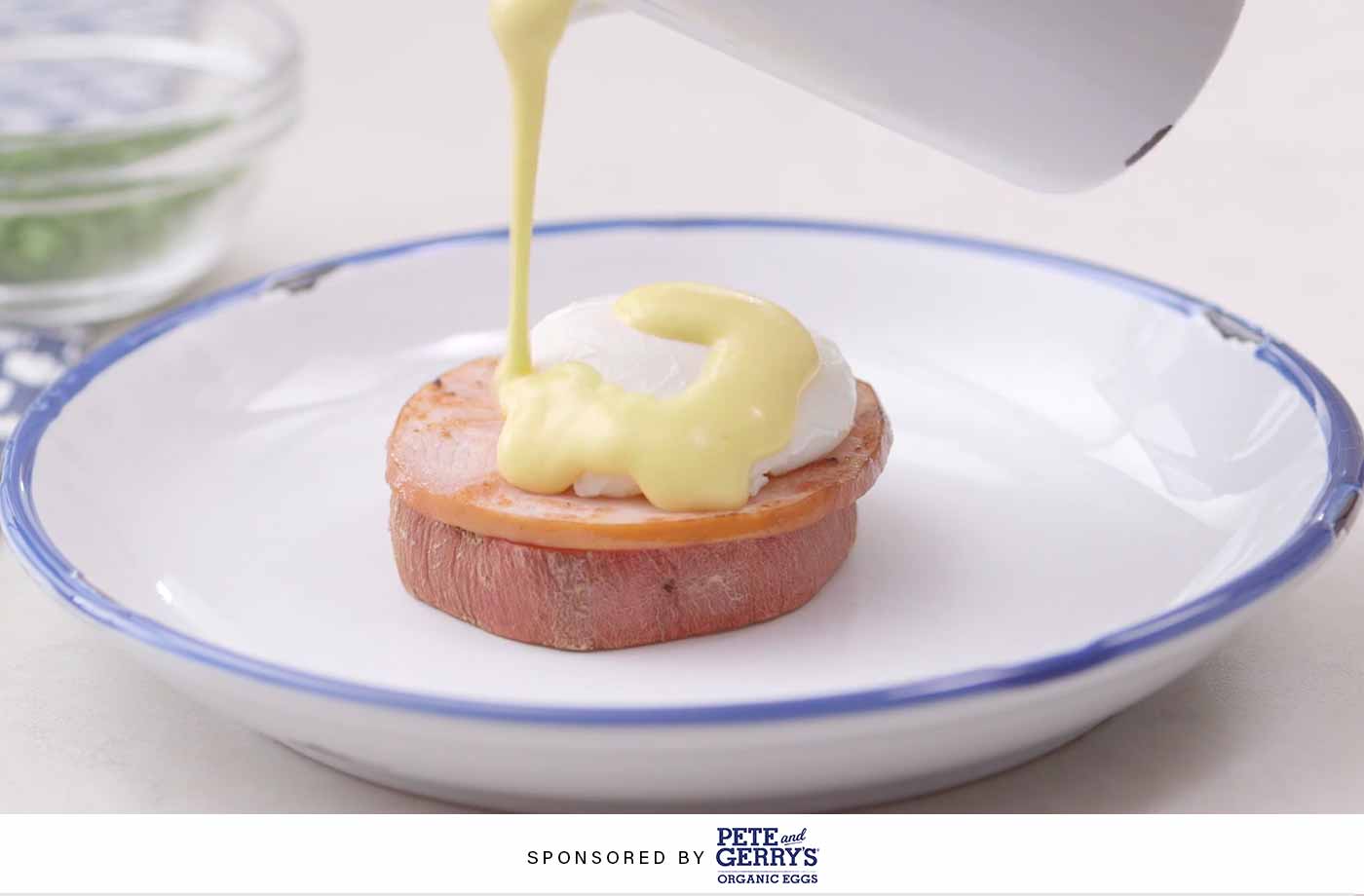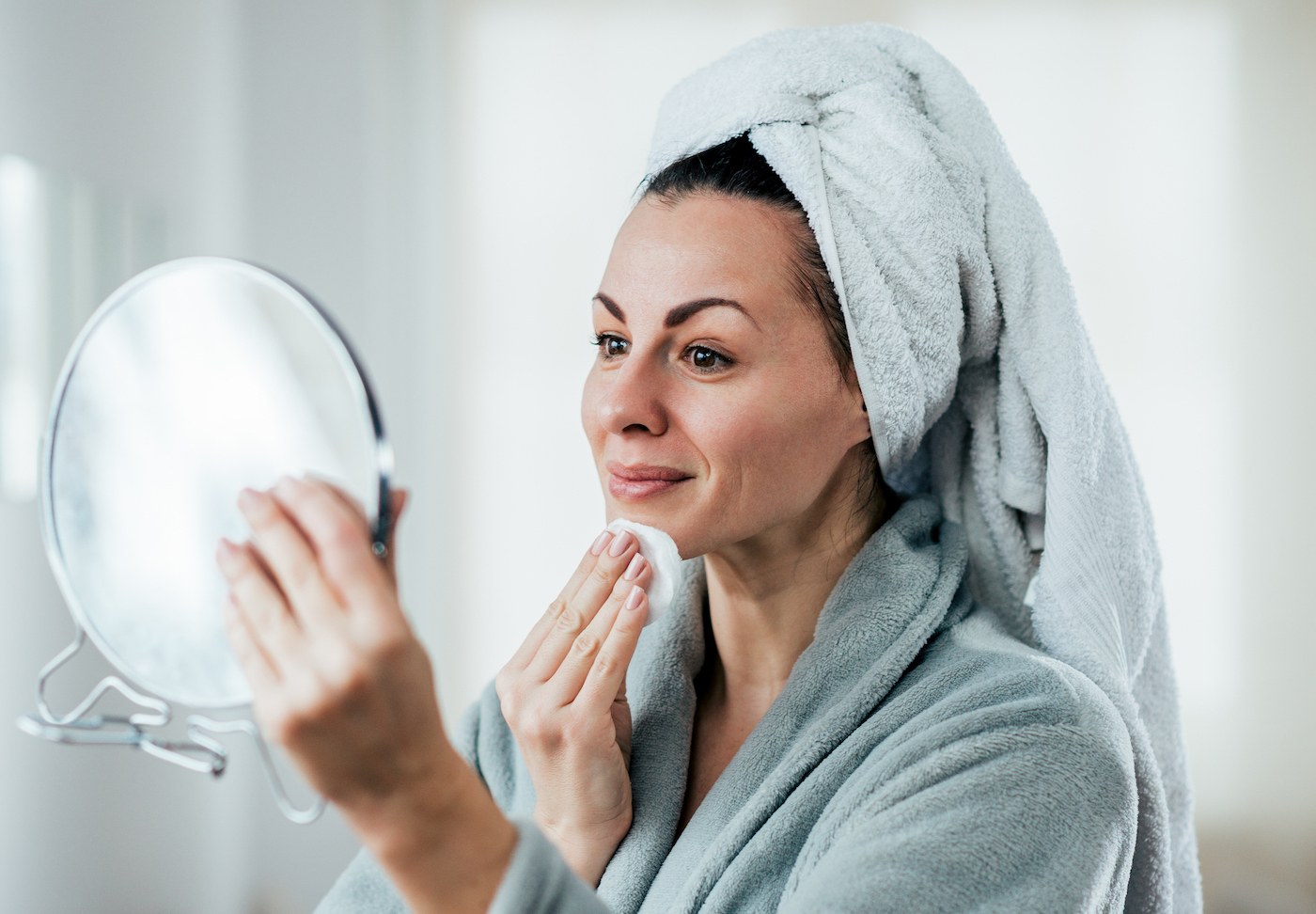
August 10, 2019 at 08:00AM by CWC
I have not been fitted for a bra in a laughably long time. My cup size? I don’t know her. And obviously, not knowing my cup size makes buying a real bra online pretty risky. Not risky like, buying an already ripe avocado risky, but more in the sense that I’ll arbitrarily guess a size and when it comes it won’t really fit. My two options are then to try and make it work, or pack it back up and promise myself that I’m going to return it tomorrow, but then tomorrow stretches into infinity and it just sits there in the corner of my room forever. Neither option is good for my boobs. So I just end up stocking up on bralettes, which are easier to guess my size in, even though I’m in need of a new “real” bra.
So to spare my boobs from a lifetime of uncomfy fits (and my apartment from a corner filling with boxes of unreturned bras) I turned to a few experts to get their tips on what to look for when buying a bra, whether you’re shopping online or in a store.
Just get a bra fitting, already
The most common mistake Danielle Iserlis, Journelle‘s Associate Marketing Manager, sees is women wearing bras with too-small cups and too-large bands. Taking the time to actually get a bra fitting would help with that. “The first step we recommend to people is to get a fitting,” Iserlis says. This way you know what your actual bra size is, versus haphazardly guessing and hoping for the best. She recommends getting one every six months. That sounds very frequent (I have a hard time making it to the dentist that often), but there are many things that can cause your bra size to change, like weight fluctuation.
If you don’t want to go get fitted in a store, brands like Harper Wilde will let you try on three different bras at home for free (they also have a handy fit quiz that can help you narrow down your size). Soma also has an app/bra combo that will size you at home. I’m just saying, there are options if you don’t want to leave your house (me).
Find what works for your boobs
Okay, so you’ve got fit figured out, but there are also so many different styles (demi! push up! contour!) to choose from. “It’s easy to feel overwhelmed with all of the choices in brands and styles,” Felkamp says. “It’s important to remember that breast shapes and sizes are different for everyone so what works for one person might not work for someone else.” Once you find a style you like, shopping will become so much easier.
“The biggest piece of advice we say is that it’s important to recognize that size matters, but shape matters more,” Iserlis says. “Not all bras are created equal and no two women are alike. It isn’t about squeezing yourself into a size or shape that someone told you was ‘sexy’, it’s about finding what works for your body.”
Get a little handsy
Now, you’re ready to try on a few different sizes and styles of bras. “When trying on a bra, it’s important to get handsy,” Iserlis says. “After putting on your bra, use your hands to position each boob individually in the cup.” Here’s how you can tell if the cups are fitting correctly: “the edges of the cups should lie flat against your body, and your breasts should face forward and be positioned mid-way between your shoulders and elbows,” Cathy Devine, Soma’s Vice President of Innovation, says.
There are some tell-tale signs that your cup isn’t fitting correctly. If your cup gapes, it’s too big, Elizabeth Felkamp, TellTale‘s Director of Design and Sourcing, says (It could also be because your straps aren’t tight enough, which we’ll get into in a moment).”Cups should not cause a double bubble either—where your cup neckline is too tight and cutting into your tissue, that means you need to size up a cup,” she adds.
The support should come from the band, not the straps
Your bra straps should not be digging into your shoulders; your bra is not a tote bag for your boobs. Jane Fisher, Co-Founder of Harper Wilde, says that 90 percent of the support should come from the backband of the bra. “It’s more intuitive to think the bra is lifting you up from the straps, but that would cause the straps to dig into your shoulders. Instead, you should be wearing a band that fits snuggly against your body (not pinching it too tightly though!) to ensure the majority of support comes from underneath,” she says. Fact: every expert I spoke to for this piece mentioned that the support should come from the band, so this is very important intel.
Also, the three hooks on your bra are not three different sizes, contrary to the belief I have held for most of my life. “You should always start on the loosest hook on the backband of your bra—the three hooks are not three different sizes, but instead, are meant to be used as the elastic stretches over time so you can move to the tighter hooks and the bra can then last longer,” Fisher explains, explaining that all elastic stretches over time, aka the more you wear it.
“Your straps should be comfortable and stay in place,” Devine adds. “You should be able to slip a finger between your shoulder and strap and should readjust your straps with every wearing.”
ADVERTISEMENT
ADVERTISEMENTSports Direct Free Delivery on All Orders! |
Buy more than one bra
“We recommend you avoid wearing the same bra two days in a row, as perspiration can cause a bra’s elastic to deteriorate,” Devine says. “We suggest having at least three bras in your wardrobe: one to wear, one to wash, and one to rest for a day.” By putting your bras on rotation, you’ll help them last longer. Also, she recommends taking into consideration the types of bras you need in your wardrobe, like a t-shirt bra, multiway bra, and a fun bra. Don’t need to tell me twice; I’ve already added multiple to my cart. (How many fun bras is too many?)
The internet says these are the most comfortable wireless bras, and that is an energy we all need in our lives. While we’re talking about bras, this is the definitive way you should be washing them.
Author Allie Flinn | Well and Good
Selected by CWC
ADVERTISEMENT
ADVERTISEMENTUp to 30% off Gift Sets |








